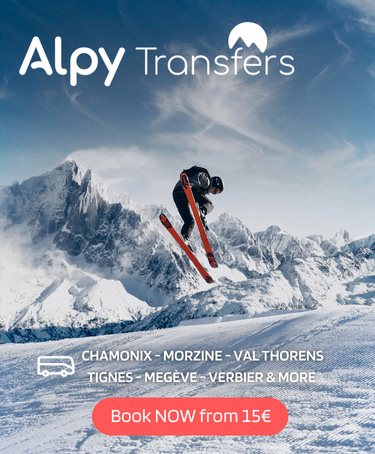Chamonix 2013 was an exceptional winter for snowfall. Despite the warm spring, a large volume of snow remains on the mountain trails.
Hikers should anticipate large areas of heavy and dense snow lying cross mountain paths that are usually clear of snow by early June. These small snowfields can be traversed but precautions must be taken.
Before venturing out onto the snow, be sure that the approximate route of the path can be identified. Experience obviously helps, but any hiker that has not taken the path before, should atttempt to determine where the track emerges from the snow field. If that is not possible, a way-point, such as a sign post, should be identified.
Where no exit can be determined, the width of the snowfiled and possible range in altitude of the exit should be assessed. Where the snow field is clearly narrow with no obvious dangers consider travelling out onto the snow to determine the route. Where a field is wider, consider turning back.
The hiker must assess each the situation.
The snow can be difficult and dangerous to traverse. Holes and small gullies may be hidden, steeper sections may be difficult to navigate with the risk of a fall exacerabated. Falling on the snow may cause no harm, but a fall that ends on rock below the snow field, may have serious consequences. A short fall down a steep slope of just a few meters may be fatal.
The snow itself may have a thin but hard crust in the early morning, breaking through the crust into wet snow below makes for very heavy going. Where there is no crust, each foot-step may penetrate deep into the snow, taking the hiker on an arduous and tiring journey. Do not underestimate the difficuty of hiking over deep, wet or old snow.
There may be considerable avalanche debris, navigating debris is hard work, like climbing over rocks and boulders with no path.
Before heading for the mountains find out about the conditions on your proposed route. Take advice from the Office de Haute Montagne de Chamonix.
Chamonix PGHM does not provide an advice service.
Consult the weather forecast. When temperatures are, or recenlty have been, below zero, it is advisable to be equipped with light crampons and a rope to cross a snowfield safely, as the snow may be exceptionally hard and the risk of a slip and fall very high.
Never hesitate to turn back. As soon as a hiker experiences that worry that something could go wrong, it is a good time to consider the risk too high. Turn around and head back along the route already cut into the snow.
Remember, caution is required for all mountain activities. In these conditions, all hikers must be aware of avalanche risk.
An example to remember: June 4th 2013, two hikers were stranded on the path between the Montenvers / Mer de Glace and Plan de l'Aiguille at 1200m. They were trapped in deep snow, exhausted and unable to turn back.
They had to be rescued by the Chamonix PGHM.







